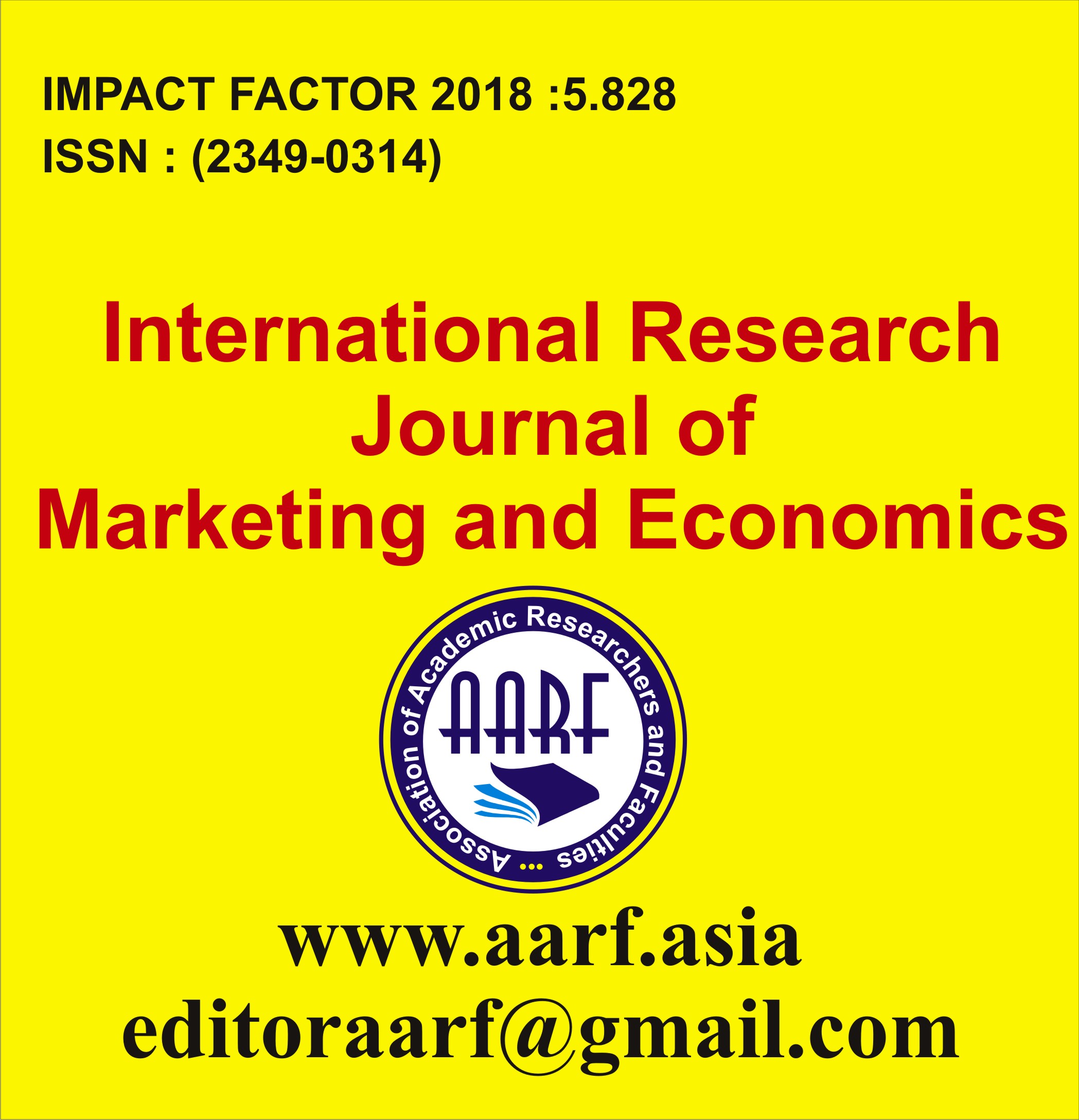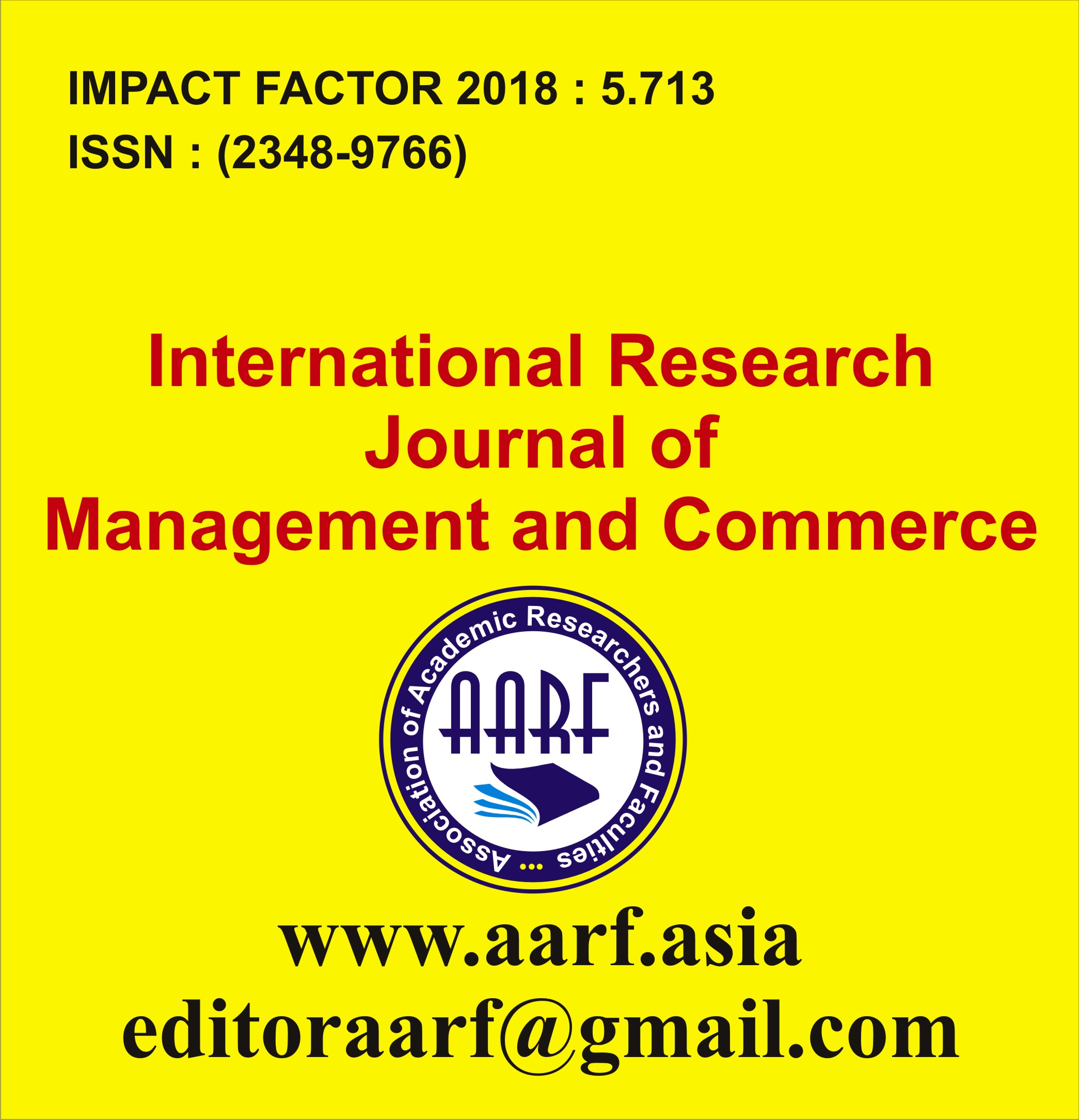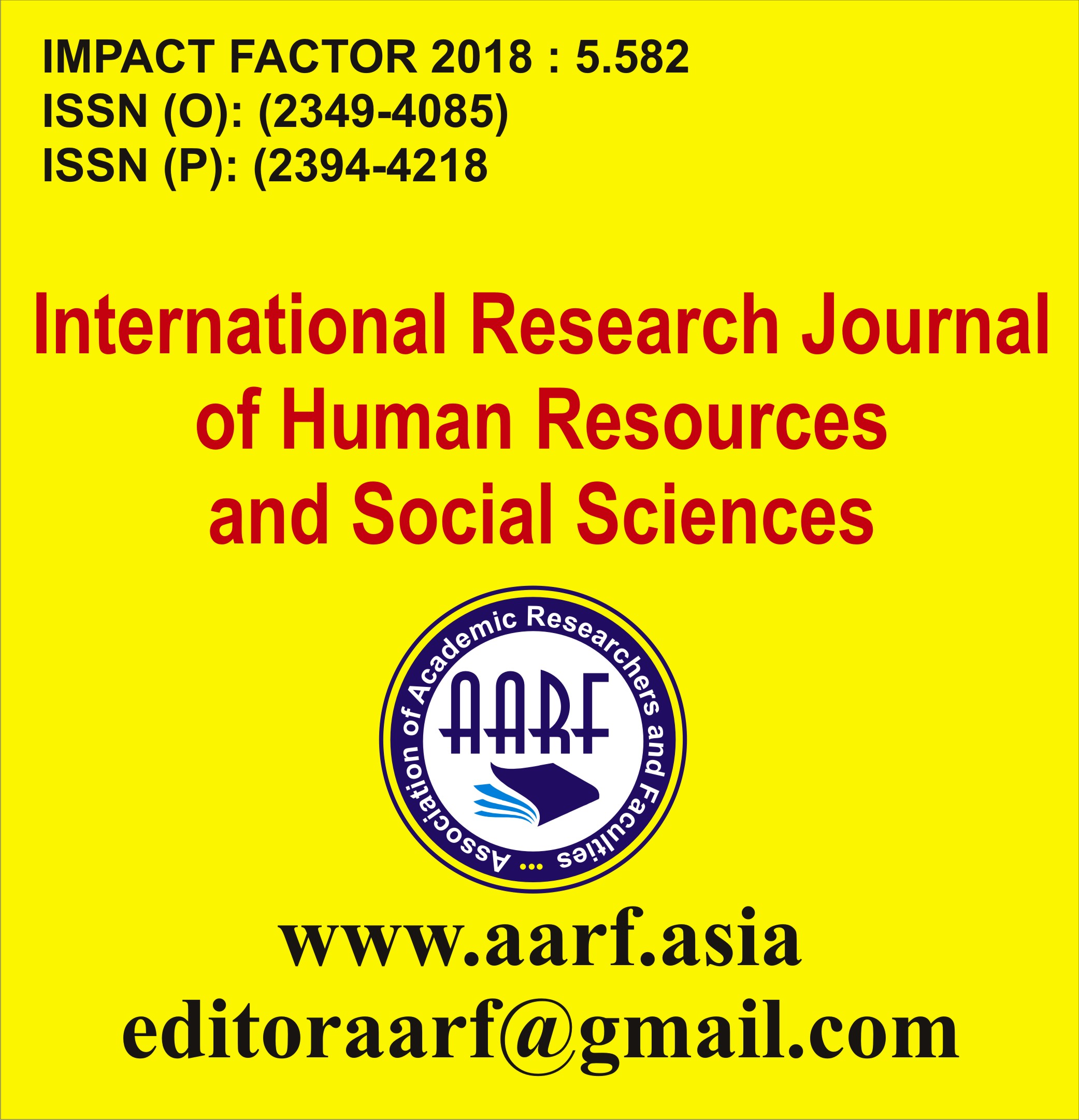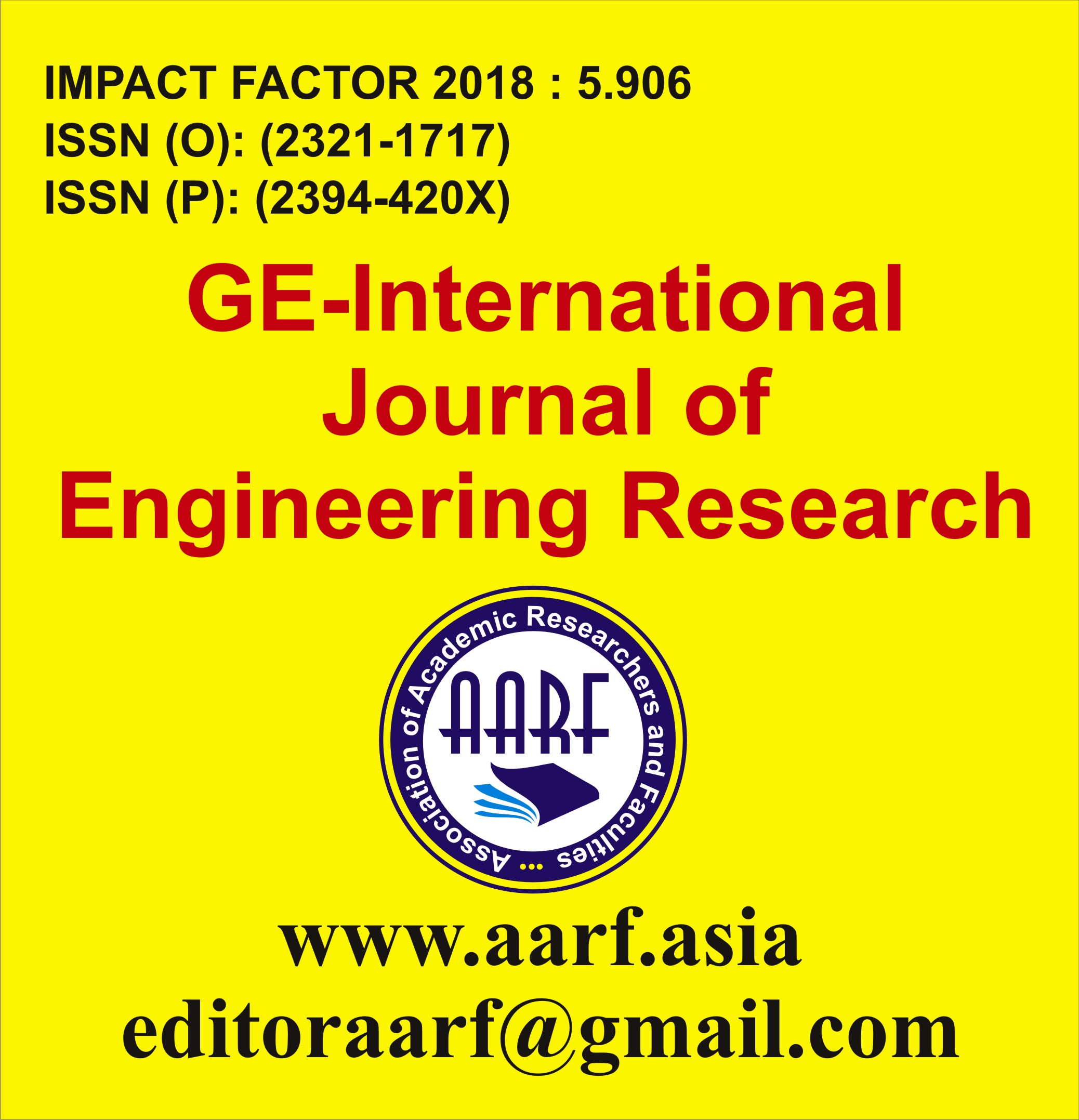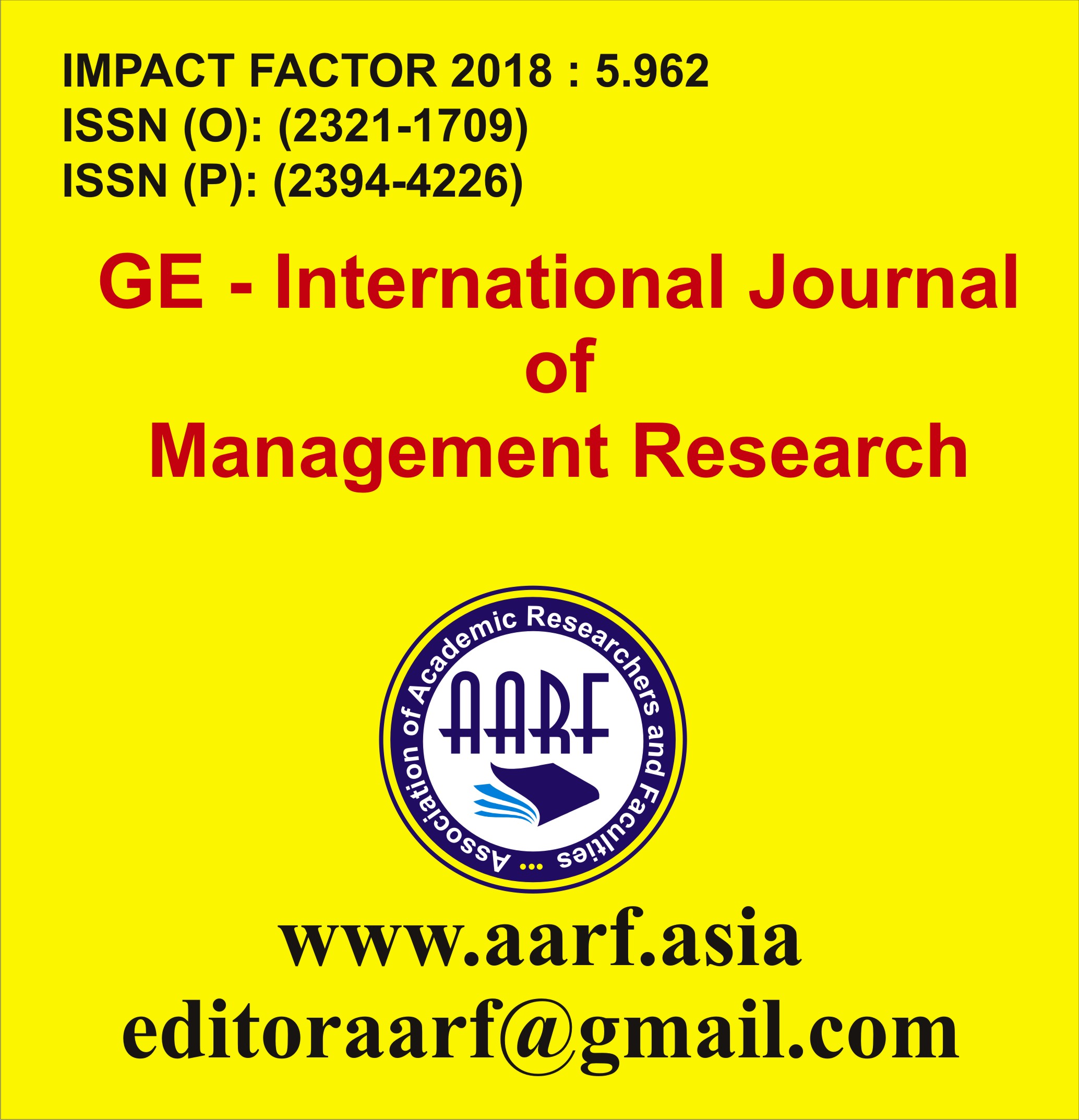Dr. Pravin Shamrao Kharat,
Abstract:
Heavy rainfall events have intensified in both frequency and magnitude across the Aurangabad district of Maharashtra, India, reflecting the broader impacts of changing climatic patterns in the region. Such extreme precipitation events affect agricultural productivity and water management and have profound ecological consequences, particularly for avian communities. This study aims to investigate the ecological implications of increased rainfall on bird diversity, with a focus on habitat disruption, changes in migration patterns, and variations in species richness. To achieve this, a combination of systematic field surveys, long-term avian census records, and secondary meteorological data spanning five years were analysed.The results indicate that frequent and intense rainfall has led to significant habitat alterations, including the flooding of riparian zones, temporary loss of nesting sites, and reduction in available foraging grounds for wetland-dependent species. Consequently, several species have exhibited shifts in their migratory timing and routes, while some local populations have experienced population declines. Wetland and grassland birds are particularly vulnerable, as their breeding and feeding habitats are directly affected by fluctuating water levels. The data suggest that overall species richness has been negatively impacted, with sensitive species becoming increasingly rare and more adaptable generalist species dominating the landscape.These findings highlight the urgent need for adaptive and proactive conservation strategies to mitigate the adverse effects of climate-induced biodiversity loss. Strategies such as habitat restoration, protection of critical nesting sites, enhancement of water retention systems, and long-term monitoring programs are essential to maintain avian diversity in the face of changing rainfall regimes. Incorporating climate projections into conservation planning will further strengthen the resilience of bird populations in the Aurangabad district.














